Kwanza Osayjefo’s BLACK , the comic he co-created with Tim Smith 3, is a concept that has succeeded at every possible turn. First, it exploded its Kickstarter campaign–blowing past its original goal of $29,999 to raise nearly 100K. This year it’s popularity has led to not only a spin-off young adult series, but a movie deal as well.
BLACK, authored by black creators and starring black characters, brought content and imagery to comic shelves too often in short supply. The simple question the series poses is: “what if only black people had superpowers?” Osayjefo and Smith 3’s six-issue answer, which sees release as a trade paperback this November, goes beyond the trappings of other secret-superpowered-society stories.
Osayjefo recently had a brief talk with The Beat, ahead of a celebration of BLACK with Tim Smith 3 at the Art Students League this Saturday. The comic scribe chatted about how he and his team crafted the series, what fans can expect from the forthcoming movie version of BLACK, and what excites him about the upcoming young adult graphic novel BLACK [AF] America’s Sweetheart.
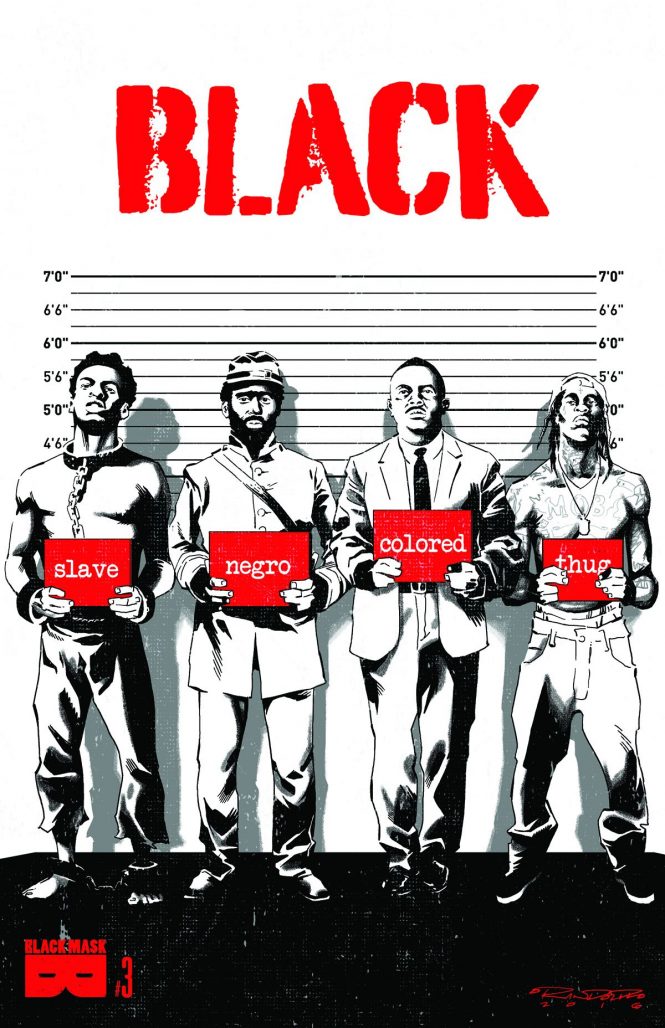
Right around the time you launched the Kickstarter campaign to fund BLACK, you wrote that “diversity is on trend, inclusion is not.” It’s a really powerful statement. Too often the conversation stalls out at representation. How did the inclusive team behind BLACK effect the creative process?
Though a majority of the creative team is black, we experience this in different ways, and that influenced the content–from Khary [Randolph]’s approach to covers to Derwin [Roberson]’s tones. Our editor Sarah [Litt] was a great sounding board and provided perspective on aspects of the story where we had blinders on. All of these people collectively made BLACK a much richer story than if it were singularly my voice, top to bottom.
It seems to me that allegory is very important to the story of BLACK. In the Kickstarter pitch, you asked: “In a world that already fears and hates them, what if only black people had superpowers?” As you explored your ideas for the story, what other allegories occurred to you?
I think allegories work when they don’t require too much of a challenge to understand what’s being represented. Outside of the story, BLACK as an artifact is allegorical to the lack of black representation and agency in the comics industry.
Making the book graytoned was allegory for how race is an oppressive construct and that it is the reader who brings their interpretation of “color” to it.
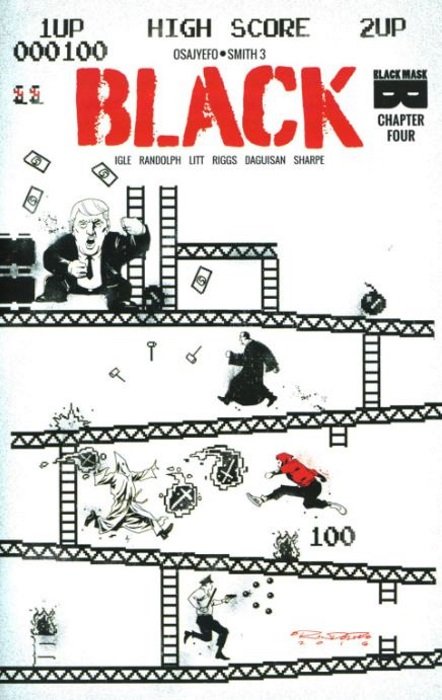
What tropes did you alternately want to embrace and avoid when crafting the personalities of Kareem, Juncture, and the other characters of BLACK?
The comic book trope of the superheroes as outcasts became odd to me as an adult comic reader. These characters who felt they had no place in society but could remove a mask and be a famous billionaire, or just walk around unassailed made less sense.
I wanted to create characters that had context in the real world, did not serve any stereotype, but also represented the wide variation of black people I know.
Kareem is based on my cousin who passed away when we were young. Society may have had one shallow impression of him but the person I knew was quite a bit more than that.
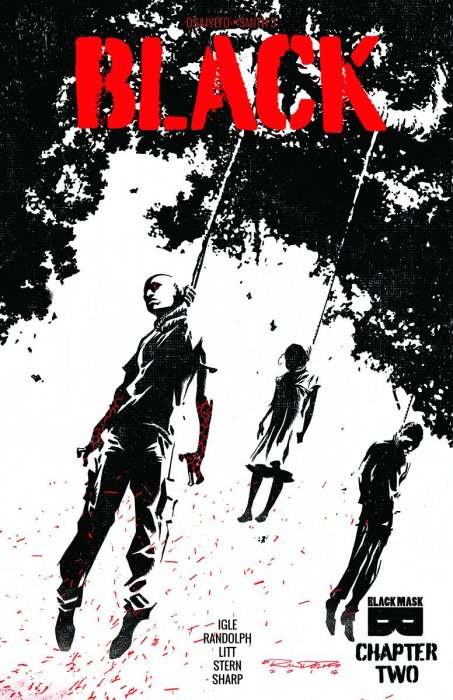
How much input did you have into what was depicted on Khary Randolph’s covers? They’re so striking, and such great visual shorthand for the series concept.
I had some ideas, but once Khary proposed taking a Banksy-like approach to the covers, I was all in. The resulting cover for chapter one set the overall tone and we collaborated on concepts for the rest.
The book itself has received praise from Paste Magazine, iO9, and the NY Times. Last month Studio 8, which has a distribution deal with Sony, optioned the film rights for BLACK. What’s the next step in that process? Would you work with a screenwriter? Would the story cover a similar arc to the first 6 issues?
I don’t know how much I can discuss but it is all very exciting. I can state that my direction to everyone involved has been to make a great film, not an adaptation of BLACK. There are parts I think would fare poorly as cinematic storytelling, and I’m a huge fan of distillations of an original concept like Kubrick’s,The Shining.
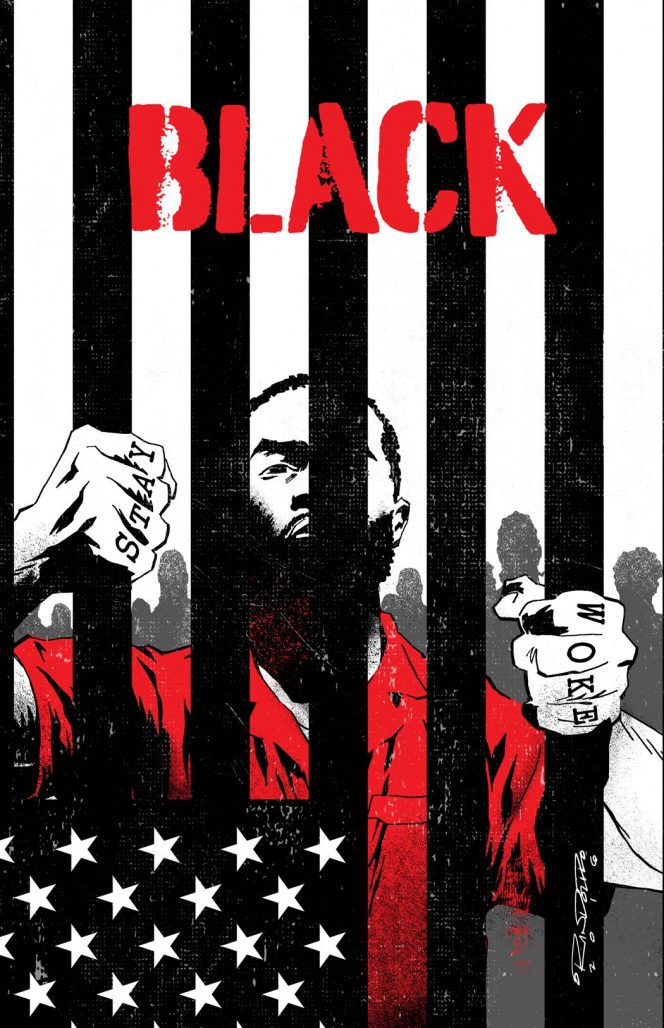
You’ve stated that BLACK is planned as a trilogy, with two follow-up series planned to this first volume. You’ve also talked about at one-shot issues, and employing other writers. What excites you about these particular new directions for the series? How will they each expand your vision for this universe of superpowered freedom fighters?
I’m excited about writing for young adults with BLACK [AF] America’s Sweetheart. It was a great way to explore a different tone, and story, set within the same world.
Opening up BLACK [AF] to explore the world in different styles and genres is an exciting prospect for examining the variety of black perspectives.
For more information in BLACK, check out the website. BLACK [AF] America’s Sweetheart is due out in November. Osayjefo and Tim Smith 3 will be appearing at The Art Students League in New York City tomorrow for a Dare2Draw celebration of their work. The pair will be interviewed by Phil Dejean. The event includes a live-drawing session and contest to win passes to NYCC and other art supplies and prizes. Tickets and information are here.


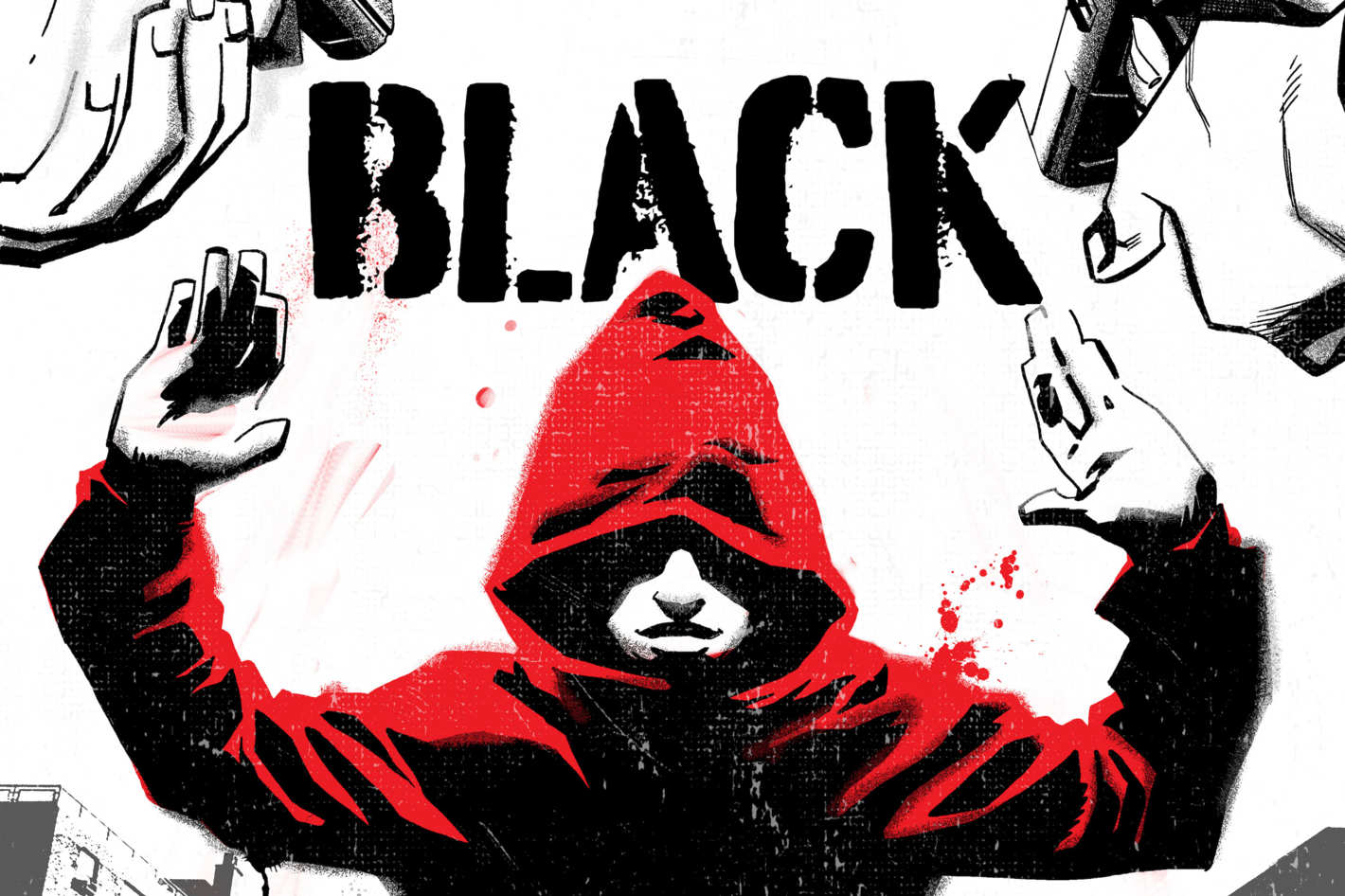

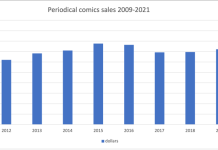
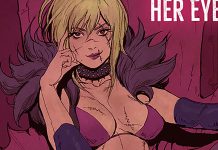



This guy is such a suck up to the pros on twitter – “Your edits bring the fresh ideas!’ hahahahaha…. And look, Trump is a villain on the cover. THATS original.
Also, didn’t he just steal the Milestone idea.
Comments are closed.